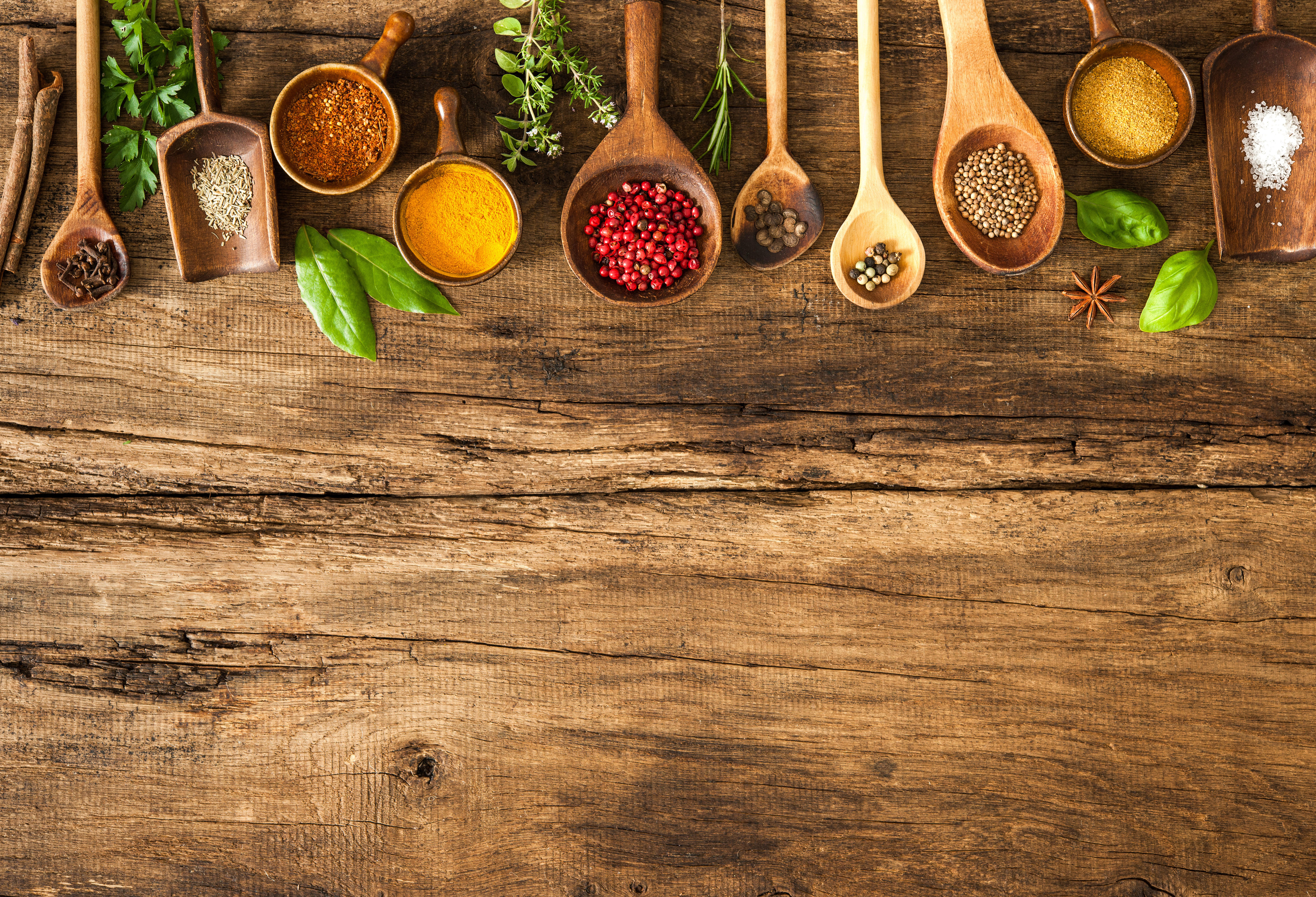It’s Time to Spice up Your Amazon Page (Part 1)

How many times a day would you say you look at your phone? A hundred times? Too many times to count? One study found that, on average, a person taps, swipes, and clicks on their phone 2,617 times a day. That’s a lot.
Now what does this kind of statistic mean to food brands? It means – ready or not – you need to be majorly prioritizing your brand’s online presence. In addition to taking the basic steps of maintaining a website and social media channels, it is important brands ask themselves such questions as, is my brand’s offline messaging (on-pack, in FSI’s, on shelf talkers, etc.) consistent with my brand’s online messaging? Ensuring your marketing efforts are applied to all of your active marketing channels will amplify the impact of these efforts.
A recent study from Deloitte boldly cautions, “Those who can adapt to bridge the digital divide and engage customers in store, online, and via social channels stand to benefit from the growth in digital-hungry consumers. Those who don’t may leave money on the table.” The same study found that digital influence on grocery sales has grown significantly over a year, from 33% to 51%. The report explains how digital now affects awareness, selection, purchase, and loyalty of products. (For instance, 80 percent of shoppers now use a digital device to browse or research grocery items.)
The need to invest in consistent marketing messages across online and offline platforms has never been greater.
Consider the implications of your brand’s online presence. On one hand, your brand’s ability to engage consumers and create a relevant image on the web will translate to greater sales online as well as in-store. On the other hand, your brand’s inability to do so will not only exclude you from potential sales but could also send the message to information-hungry consumers that your brand lags in innovation and perhaps doesn’t really care all that much to do anything about it.
So how can food and bev brands invest in their online presence? Amazon, for starters.
Why? More than half of American consumers now begin their online product searches on Amazon compared with 28 percent on search engines and 16 percent on retailer websites. Moreover, in a recent Times article John Denny, vice president for digital and e-commerce at Bai Brands, explains, “How your product is perceived on Amazon and in the Amazon community in ratings and reviews has such a powerful impact on the future of you as a brand. Increasingly, if you win on Amazon, you win, period. And this is the world marketers have to wrap their brains around.”
In sum, as online grocery purchases continue to climb, it is not only important that food brands check the yup-we-have-e-commerce box, but it is also crucial that brands ensure their messaging online remains consistent with what’s showing in-store. And brands’ investing in the design of their Amazon product pages is a great place to start.
Joe Migliozzi, Shop+ Lead at Mindshare, summarizes the point perfectly: “If brands aren’t thinking about Amazon as a media platform, they run the risk of becoming obsolete.” It’s time to add a little spice to your Amazon life – or sugar. Whichever metaphor works best for you.
…Stay tuned for Part 2 on creative and effective ways of developing your Amazon product page.
